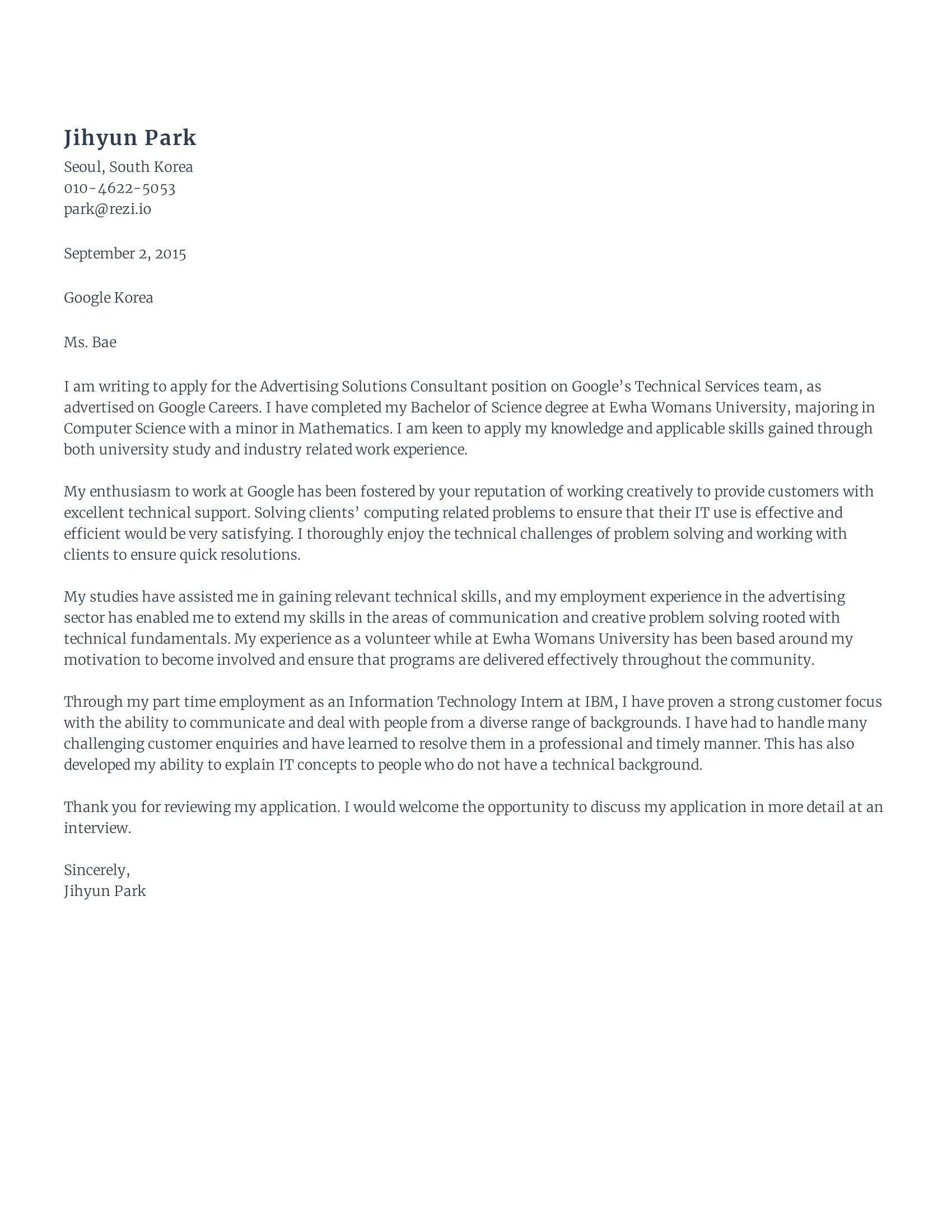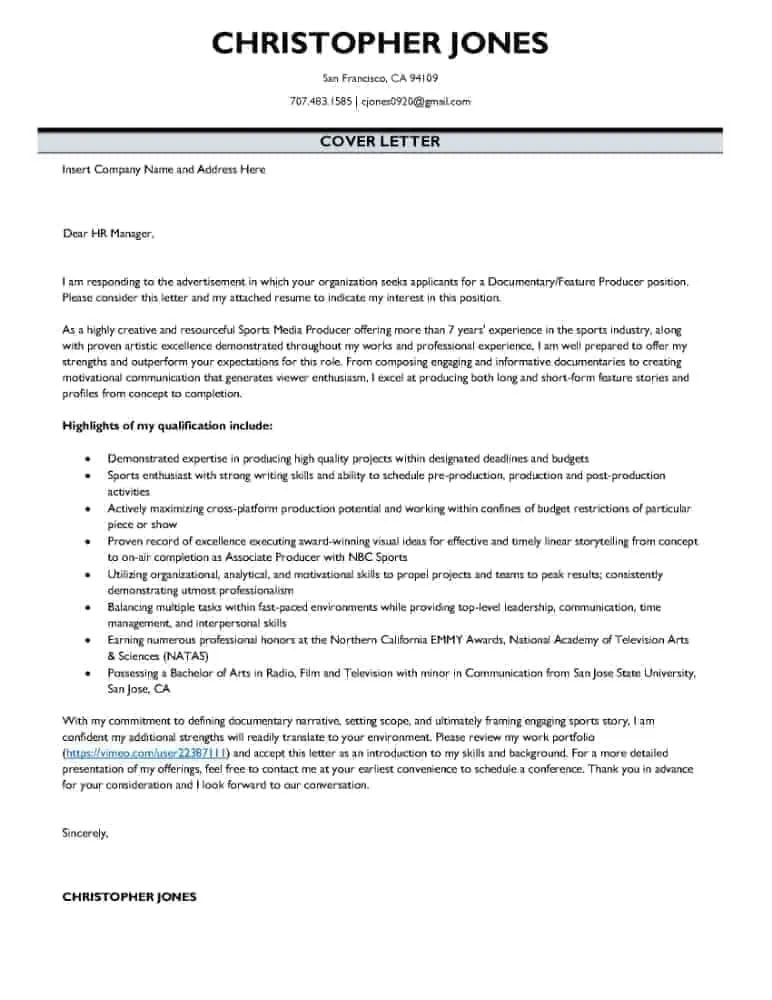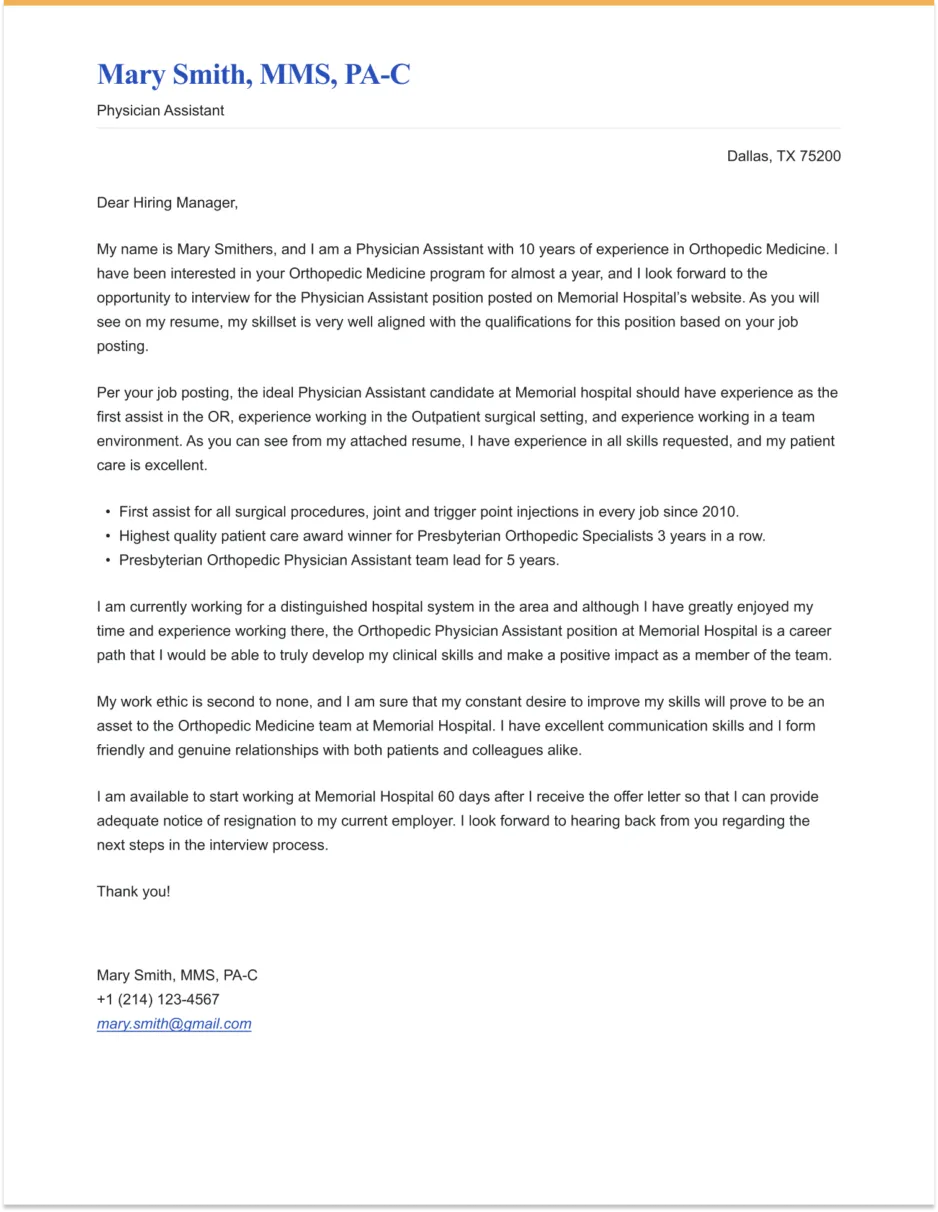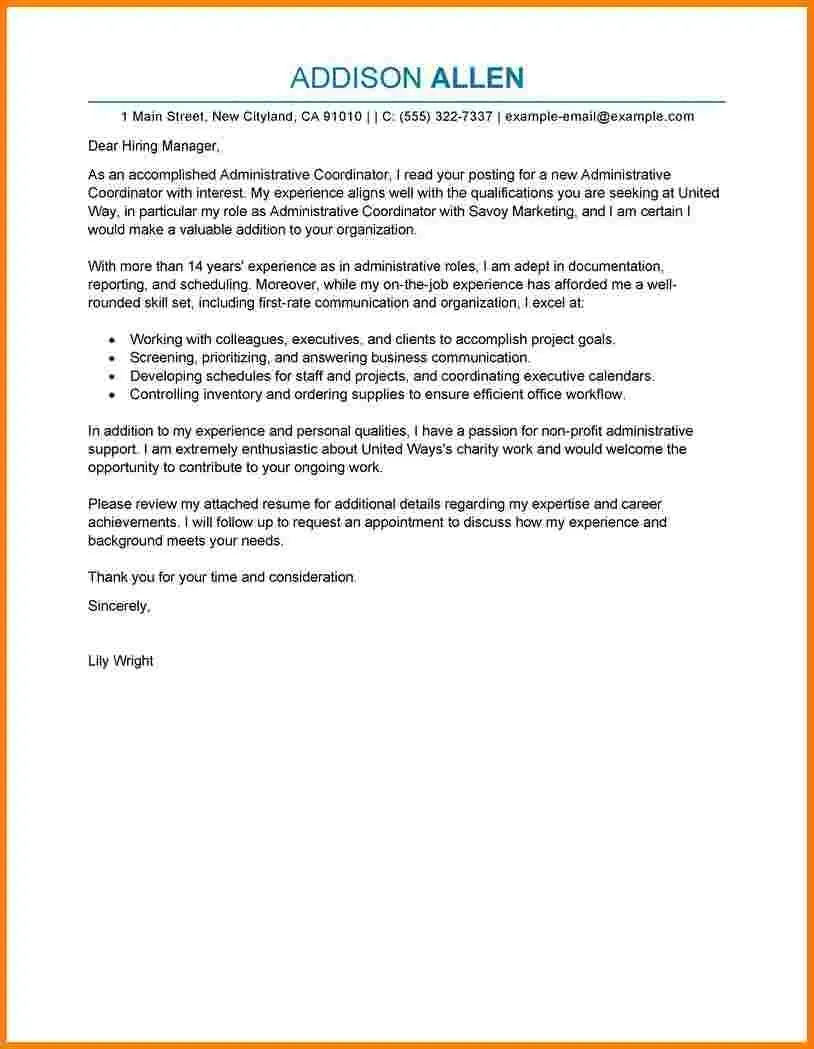Cover Letter vs Letter of Interest Understanding the Basics
Navigating the job market can feel like traversing a maze, and understanding the nuances of application documents is key to success. Among the essential tools in your job-seeking arsenal are the cover letter and the letter of interest. While both serve to introduce you to a potential employer, they have distinct purposes, formats, and applications. Knowing the differences can significantly boost your chances of landing an interview and ultimately, your dream job. This guide will explore the essential differences between these two important documents.
Purpose and Function of a Cover Letter
A cover letter is a formal document that accompanies your resume when you apply for a specific job. Its primary function is to highlight your qualifications, skills, and experiences that align with the job requirements as advertised by the employer. Think of it as a personalized sales pitch, where you are ‘selling’ yourself to the hiring manager. The cover letter allows you to explain gaps in your resume, elaborate on specific achievements, and express your enthusiasm for the role and the company. Essentially, it bridges the gap between your resume and the job description, making it clear why you are a strong candidate.
Key Elements of a Cover Letter

A well-crafted cover letter typically includes a header with your contact information, the date, and the recipient’s details. It starts with a professional salutation, followed by an engaging opening paragraph that states the position you’re applying for and how you found it. The body paragraphs should highlight your relevant skills and experiences, providing specific examples to demonstrate your abilities. Use keywords from the job description to show that you’ve carefully considered the requirements. The closing paragraph should reiterate your interest, express gratitude for their consideration, and include a call to action, like requesting an interview. Always proofread meticulously for any errors in grammar or spelling.
Purpose and Function of a Letter of Interest
A letter of interest, on the other hand, is a proactive document sent to a company to express your interest in potential job opportunities, even when there are no advertised openings. It’s a way to introduce yourself and your qualifications to a company you’re interested in working for. The primary purpose of a letter of interest is to create a connection and to explore potential opportunities. It demonstrates initiative, as you’re reaching out to a company that may not be actively hiring. This type of letter is particularly useful when you have a specific company in mind and want to make a good impression before an opening even exists.
Key Elements of a Letter of Interest
A letter of interest should start with a clear statement of purpose, specifying the type of role you are seeking and why you are interested in the company. It should then highlight your relevant skills and experiences, demonstrating how you could contribute to the organization. Research the company thoroughly to show you understand their mission, values, and current projects, and tailor your letter to align with their goals. Unlike a cover letter, a letter of interest doesn’t specifically reference a job posting. Conclude by expressing your enthusiasm for potential opportunities and your willingness to learn more, while also including your contact information for future communication.
Cover Letter vs Letter of Interest Main Differences

The key differences between a cover letter and a letter of interest lie in their purpose and application. A cover letter is reactive and responds to a specific job opening. A letter of interest, however, is proactive, reaching out to companies without a defined vacancy. A cover letter’s content is tailored to the job description’s specific requirements, while a letter of interest is more generalized, focusing on the candidate’s broader skills and interests. Cover letters are used in response to job postings. A letter of interest is a cold contact. The tone of a cover letter is targeted. The tone of a letter of interest is general and more conversational. Understanding these differences is crucial to preparing the appropriate document for your job search.
When to Use a Cover Letter
You should always use a cover letter when applying for a specific job advertised on job boards, company websites, or other platforms. This document is your chance to show how well you fit the role. Read the job description carefully and address all the key requirements mentioned. Highlight your relevant experience, skills, and accomplishments, and show how they align with the company’s needs. Tailor your cover letter to each job you apply for, personalizing it for each role you pursue. Following the specific directions in the job application for the cover letter will help showcase your attention to detail and increase the chances of getting noticed by the hiring manager.
When to Use a Letter of Interest
A letter of interest is ideal for making a proactive approach to a company where you’d like to work, even if there are no job openings posted. This is particularly useful for networking or when you have a specific company or role in mind. If you’re trying to break into a new industry or role, a letter of interest can show your initiative. It’s also a good option if you’ve identified a company with a good reputation and corporate culture. While less common than cover letters, the letter of interest provides a way to make a favorable impression when there aren’t any active positions advertised. Always research the company and try to identify the appropriate person to send your letter to, if possible.
Cover Letter and Letter of Interest Structure and Format

Both cover letters and letters of interest share similar formatting requirements. They should be written in a professional business letter format with a clear header, including your contact information, the date, and the recipient’s contact information. Use a formal and professional tone throughout, avoiding slang or overly casual language. The body of the letter should be concise and easy to read, divided into paragraphs that address your qualifications and express your interest. Maintain a consistent font style and size (e.g., Times New Roman, Arial, size 11 or 12) for readability. Proofread meticulously for any grammatical errors or typos before sending, ensuring your document represents you in the best possible way.
Tips for Writing a Strong Cover Letter
To write a strong cover letter, start by researching the company and the specific job requirements. Tailor your letter to the role, highlighting the skills and experiences that match the job description. Provide specific examples to demonstrate your achievements and how you’ve applied your skills in the past. Show enthusiasm for the role and the company and explain why you’re a good fit. Use action verbs to describe your accomplishments and quantify your achievements whenever possible. Conclude with a strong call to action, such as requesting an interview. Always proofread your cover letter carefully and have someone else review it for clarity and accuracy.
Tips for Writing a Strong Letter of Interest
A well-crafted letter of interest is essential for making a good impression. Research the company’s mission, values, and current projects to show that you understand their business. Explain why you’re interested in working for this specific company and the type of role you are seeking. Highlight your relevant skills and experiences, emphasizing your ability to contribute to the company’s goals. Consider sending your letter to a specific person within the company, such as a hiring manager or someone in your desired department. Conclude by expressing your interest in learning more and offering to provide additional information. Proofread your letter carefully and check for any errors before sending.
Cover Letter or Letter of Interest Which is Right for You?

The choice between a cover letter and a letter of interest depends on your job search strategy. Use a cover letter when applying for a specific job posting. A letter of interest is more appropriate when you want to express your interest in a company without a specific job. Both documents are crucial tools for making a positive impression. Understand the differences to improve your job search efforts. By tailoring your approach, you can increase your chances of landing your desired job and advancing your career. Remember, precision and personalized content will elevate your application and help make you stand out among the crowd.
